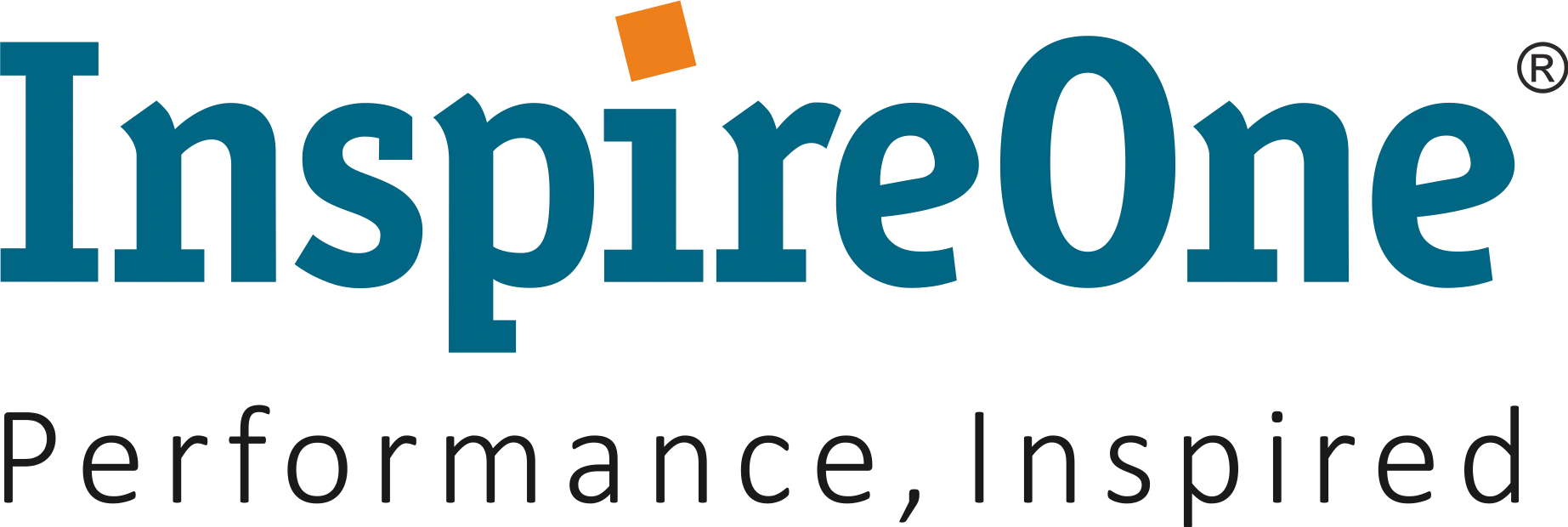“The single biggest way to impact an organization is to focus on leadership development. There is almost no limit to the potential of an organization that recruits good people, raises them up as leaders, and continually develops them.” – John Maxwell
Organizations have finally come to terms with the fact that people are their most prized resources, who need to be identified, nurtured and enabled to survive in this ever-changing competitive environment. People have different natures which makes it even more necessary that they are developed based on their individual needs.
We are surrounded by people with high potential, leaving the onus on organizations to identify this potential and realize it. This kind of awareness regarding one’s employees, leads to an environment of growth and evolution of the organization and the employees.
According to the Harvard Business Review:
- The top 1% of the employees account for 10% of organizational output
- The top 5% of the employees account for 25% of organizational output
- The top 20% of the employees account for 80% of organizational output
Let’s consider Apple’s case. The mammoth organization struggled to survive in the competitive industry after the resignation and demise of then CEO Steve Jobs. The need to identify a leader to carry on Jobs’ legacy at par, if not better, highlights the importance of identifying and developing high potential in our organizations to ensure survival. Apple struggled internally to replace an enigmatic high potential leader who was at the center of significant success in the company.
Drawing insight from Apple’s case, it is highlighted that most organizations either put little to no effort in identifying high potential leaders or believe that looking at an employee’s past performance is an efficient way to identify future leaders. This logic is flawed since an employee’s track record might not necessarily indicate the things the employee might otherwise excel at, which they have not yet done. This approach also fails to acknowledge early-career high potentials who have not yet had equitable access to mentoring and other vital resources.
People often equate high potential with high performance. It becomes imperative to understand that high performance does not necessarily imply the presence of high potential and vice versa.
The question that we must then ask ourselves is – how do we identify high potential leaders who can be the flag-bearers of change and inspiration for the entire team? Before we answer this question, it is important to address what “high potential” truly means.
High potential signifies the competencies within a person to maximize and actualize their innate talent when provided with the conducive resources to do so. The word ‘high potential’ carries a connotation of the desire to improve and develop, rather than being satisfied with where one is at present. According to Craig Groeschel, “a high potential employee is one possessing the capacity, the character and the drive to become a future catalytic leader”.
Extensive research has given us empirical evidence about the effectiveness of some measures to identify high potential leaders in organizations:
Psychometric Tests and Assessments
Assessments play a crucial role in identifying and evaluating employees on a wide variety of factors. These can be used in addition to advanced tools to gain a more pragmatic insight regarding the potential of employees. According to the publishers of the Myers-Briggs Test – which is a personality assessment battery – 80% of Fortune 500 organizations and 89 of the Fortune 100 companies have utilized the Myers-Briggs Type Indicator (MBTI).
Hewlett Packard administers assessment batteries and psychometric testing both in their recruitment process, as well as to identify high potential employees.
Henry Ford is credited saying, “the only thing worse than training your employees and having them leave is not training them and having them stay.” Ford Motor utilizes a two-part psychometric test consisting of numerical and verbal reasoning tests. This provides an objective perspective to the upper management to identify leaders with high potential.
A few of the most widely used psychometric tests and assessments are as follows:
Emotional Intelligence Questionnaires
The use of psychometric assessment tools to measure emotional intelligence in employees provides empirical evidence regarding the capacities of an individual. A study by Dries & Pepermans (2007) showed that high potential leaders display higher levels of job performance. The authors also argue that cultivating positive emotions at the workplace is key to the identification, development as well as retention of leaders with high potential.
According to a study conducted by Khokhar & Kush (2009), executives who demonstrate high emotional intelligence also demonstrate better work quality and overall performance, in comparison to their colleagues.
Extensive research conducted by HayGroup (2000) has also shown a direct link between emotional intelligence with overall productivity in an organization. Consultants with high emotional intelligence derived 139% more profit from their accounts than others. Similarly, salespersons with higher emotional intelligence attained 87% sales target, and training delivered in excess of 2000% return on investment. Insurance sales people with higher emotional intelligence sold twice the number of policies as compared to sales people with relatively less emotional intelligence.
360-Degree Feedback
Widely used for performance appraisals and promotions, the 360-degree feedback tool can help us gather a pragmatic perspective on the employees’ performance. This tool is special as it incorporates the opinion of the people with whom the employees most closely interact such as their managers, their reportees or even the customers.
Goldman Sachs adopted the 360-degree feedback approach in 2016 to invite feedback from all levels within the organization. This led to ‘high quality and ongoing feedback’ and identification of people with high potential as well as an overall improvement in employees’ performance.
Assessment & Development Centers (ACDC)
ACDC is an amalgamation of roleplays, situation-reaction tests, group discussions, presentations and so on, which helps in identifying people’s innate competencies and potential. If assessed objectively, this provides an efficient evaluation of candidates, especially how they would react in real-life at the workplace.
An iconic brand Modern Foods – India’s most trusted Bread & Bakery brand – adopted an Assessment and Development Center to identify high potential leaders from its existing workforce. The ACDC consisted of personality tests, cognitive tests, inbox prioritization and situational judgement tests. This helped the brand identify high potential employees and majorly expand its business and tread untapped domains in the market.
To ensure that the identified leaders are actually given the requisite resources for their growth and development, organizations must go that extra mile and focus on the holistic development of the identified high potentials. This can be done by interesting methods such as designing individual development plans and job rotation.
In conclusion, identifying employees with high potential and developing them into leaders after meeting their training needs are mutually inclusive factors to make any organization future-ready and presently relevant. Investing time and energy in the development of high potential leaders will prove to be a fool-proof way for you to scale your organization to unimaginable success.
InspireOne, has been at the forefront of enabling leadership charters for more than 2 decades. Our leadership assessments solutions have evolved with the changing context for leaders – in the present and for the future. The leadership spectrum is wide and deep and so is our leadership development training program.
For more details, please visit: https://www.inspireone.in/leadership-potential-assessment-approach/
References
Dries, N., & Pepermans, R. (2007). Using emotional intelligence to identify high-potential: A metacompetency perspective. Leadership & Organization Development Journal.
Floodgate, J.F. & Nixon, A.E. (1994), “Personal development plans: the challenge of implementation- a case study”, Journal of European Industrial Training, Vol. 18 No. 11, pp. 43-47.
HayGroup (2000), “Transformational leadership as management of emotion: a conceptual review”, in Ashkanasy, N., Hartel, C.E.J., Zerbe, W.J. (Eds)
Khokhar, C.P. & Kush, T. (2009). Emotional Intelligence and Work Performance among Executives. Europe’s Journal of Psychology. Vol 5 No 1.

Management Trainee at InspireOne
Masters in Psychology (Organizational Behavior Specialization), University of Delhi







